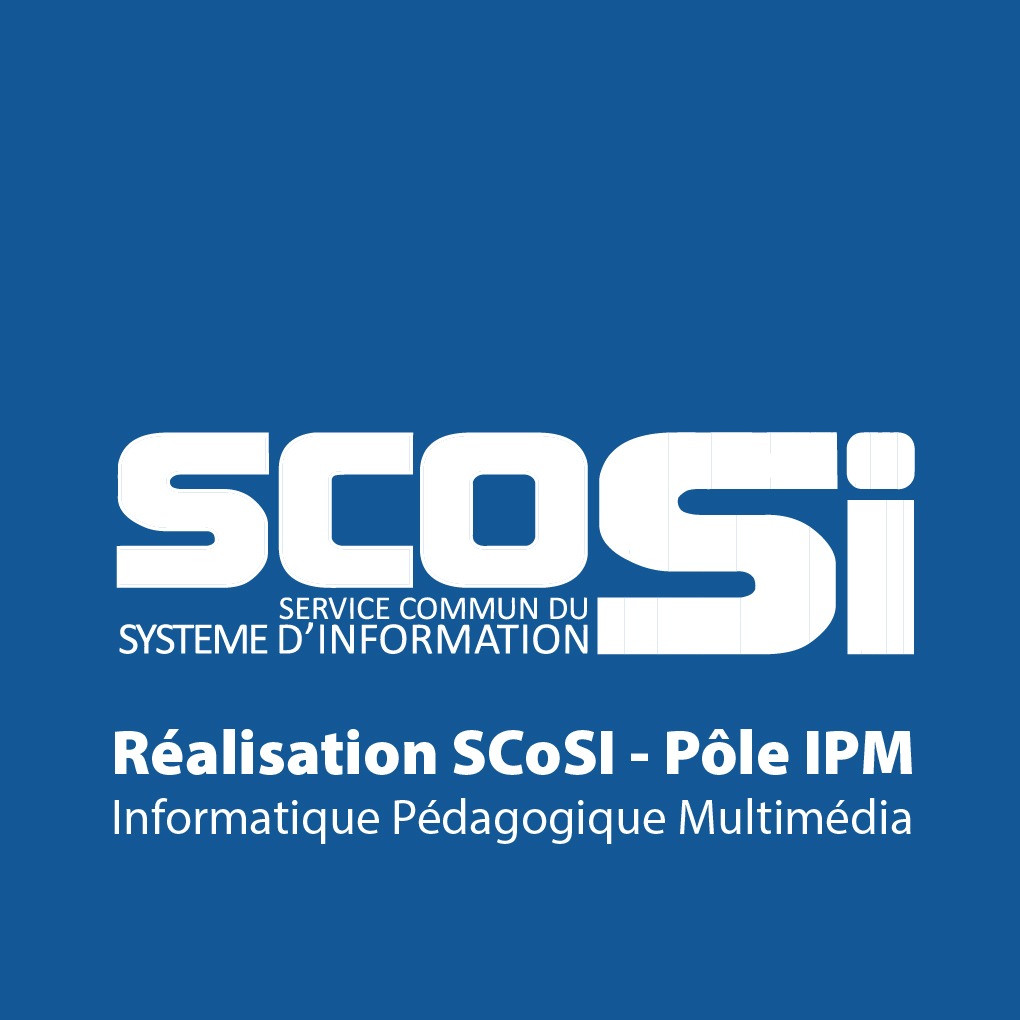Innovation as a cure for health problems
Facing the numerous challenges in the healthcare sector (chronic diseases, population ageing, increase in social and territorial health inequalities, increase in the cost of certain treatments, as well as the obvious financial constraints…), we observe a large spectrum of innovative responses to these challenges (of technological, managerial and organizational nature, in public regulation) that are struggling to sustain and transform this sector sustainably.
Indeed, the way the innovative solutions are imagined and deployed remains one major challenge in the field of healthcare, characterized by its highly institutionalized and pluralistic nature. The variety of actors involved is much more of a system of professional and structural silos, with intricate decision-making spaces and rarely aligned interests that are not conducive to addressing complex issues in a collaborative and participatory manner. It is thus a question of grasping the depth of innovation, renewing conceptual, methodological and intervention approaches of innovation, and considering changes at the boundaries of professions, organizations and fields, which are being shaken by the pressures mentioned above.
First, services innovation in healthcare service requires organizational innovation as it involves changes that affect not only the relationships between patients and physicians, but also the organization of care and healthcare pathways. Coordination between professionals is one major innovation to facilitate the navigation of patients within the healthcare system, as well as to promote personalized care and of quality. Consequently, service innovation implies changes in organizational boundaries to include new actors, or to develop integrated territorial partnerships so as to either design, or deploy, new solutions. And, the more intersectoral collaboration at higher level (Governmental level as well as regional levels piloted by public authorities) is, the more local stakeholders could embrace the issues of what to innovate and the way to deploy innovation in a true collaborative manner.
Secondly, innovation in health calls for innovation in methodological approach of design and implementation so that to fit patients or professionals expectations and to embrace more numerous points of views, when new categories of actors are involved. For example, one major stream of renewing innovation process is offered by the usage of various methodological approaches that include the patient’experience such as open discussion group, or design thinking approach. Increasing the consideration of patients’ experience challenges prevailing social or medical constructions of the disease, and brings about a change in the position of professionals when faced with patients and other professionals. This calls for promoting personalized pathways and a more flexible organization, so that it is able to deal with a diversity of situations; and in turn leads to recognition of a greater autonomy for organizational professionals, especially when considering their relationships with patients and partners. Such innovation in the way of designing innovation is not so obvious and still calls for strong effort, since it means the recognition and valorization of the knowledge and expertise provided by actors otherwise not habitually consulted. In that sense, organizations wishing to implement innovations must give real attention to the empowerment of their employees and of patients may be required, as well as the fostering of a healthy environment where they will be able to appropriate innovations in a safe manner.
In such a dynamic healthcare system, we observe the diffusion of new organizational models that have been experimented and deployed since many years in other countries. One great popular model is the so-called Buurtzorg model, for nursing care (since 2006 in The Netherlands). Its principle is about that humanity should prevail over bureaucracy and on the empowerment of nurses and patients. Its diffusion in other countries (as in France for instance) reveals how it cannot consist in a simple application of the few recipes that could explain the success of the initial innovation. A strong contextualization is necessary so that to embrace the local specificities and to fit with the interests of the local partners, whilst deep discussions permit to maintain the principles of the model. Finally, the process of implementation was circular, multi-layered, iterative and constantly evolving and transforming. The local promoters adapted the Buurtzorg model in order to appropriate the vision on which it rested and were able to exploit their respective competences and networks in order to move from an intent to an actual experimental project. They were also able to take the opportunity offered by the latest French healthcare agenda, namely “My Health 2022” (published in 2018 by the French Ministry of Health, which offers the possibility to experiment with new payment models.
Corinne Grenier
KEDGE Business School (France)
More:
 |
Journal of Innovation Economics & Management Innovation Variety in the Healthcare Sector
|



